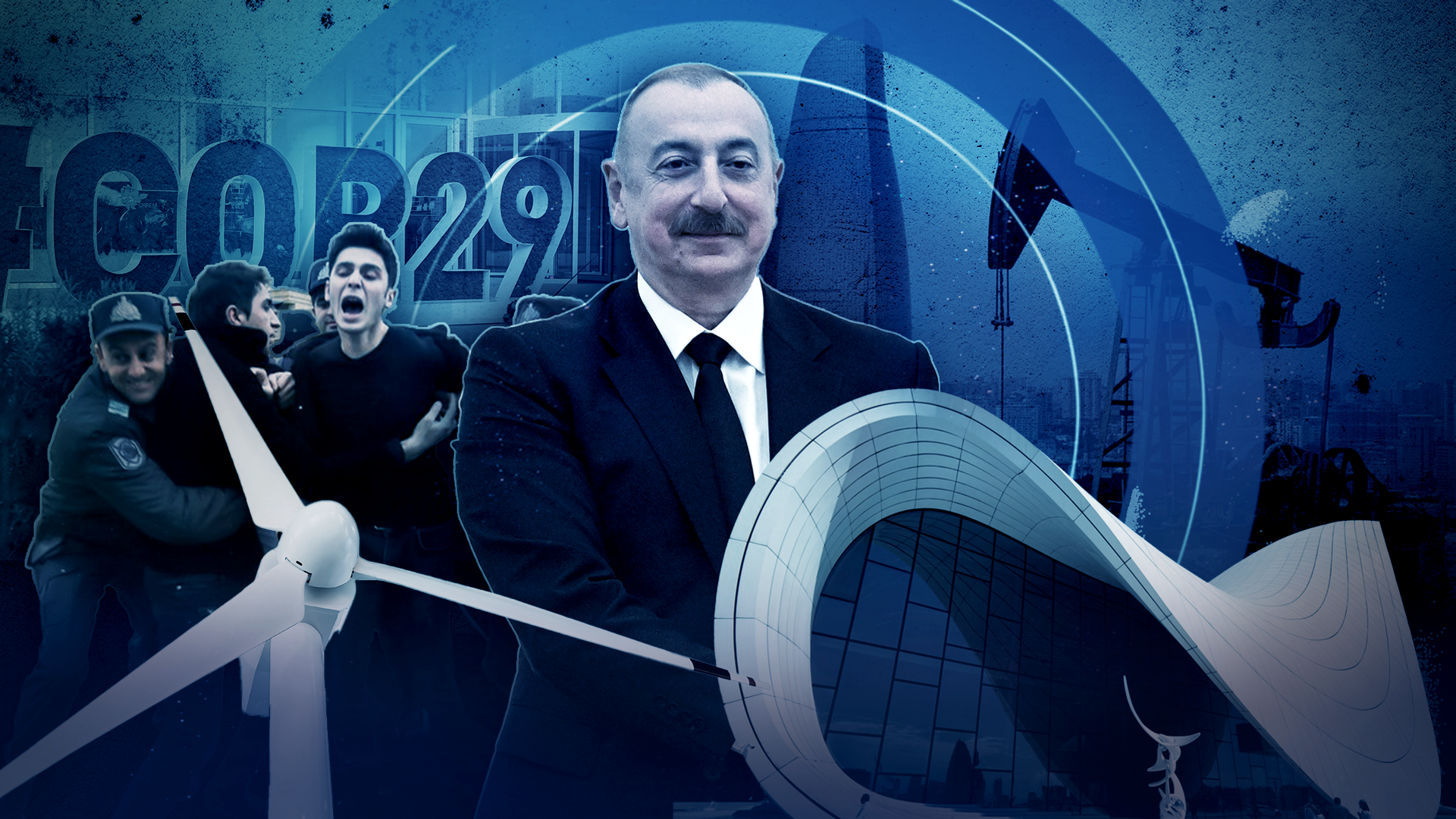
COURTESY OF METRO CREATIVE
Each June, pride celebrations serve to recognize and highlight the contributions of people who identify as LGBTQ+ and shed light on issues currently facing the community.
Pride Month celebrations can take many forms, with some including parties, parades, proms, and even protests. Pride events have taken place in some shape or form since the LGBTQ+ liberation movement occurred in the 1970s. Modern day pride celebrations can be traced back to New York City, and an event called the Stonewall Uprising.
In the mid-1960s, the Stonewall Inn was a popular gay bar, and one of the few establishments that welcomed drag queens and allowed dancing. Homeless gay runaways often took refuge there each night. Police raids frequently took place at gay establishments during this period in time. On June 28, 1969, the police arrived at Stonewall and reportedly assaulted customers and arrested 13 employees and patrons who were in violation of liquor laws. They also took into custody individuals who were not conforming to a New York statute requiring gender-appropriate clothing be worn in public.
The Stonewall Riot incident gave rise to protests elsewhere, and became a unifying incident upon which equality-based advocacy for these groups was built. For so long certain people lived in the closet and hid their real identities. Pride Month emerged as a way to achieve equal justice and opportunity for LGBTQ+ individuals and recognize their many contributions to society.
Although there were previous uprisings to Stonewall and various pride-based parades around the country throughout the years, President Bill Clinton officially declared June as Gay and Lesbian Pride Month in 2000. President Barack Obama expanded the observance in 2011 to Lesbian, Gay, Bisexual, and Transgender Pride Month. Informally, June is referred to simply as Pride Month.
The rainbow flag, which is now the unifying symbol of the LGBTQ+ community, first appeared in the 1970s. Harvey Milk, an openly gay San Francisco politician and activist, tasked artist Gilbert Baker to come up with a unifying symbol for the gay community, and the rainbow flag was born.
Cities and towns throughout Maine and across the country offer various pride offerings in June, including street fairs, art exhibits, and town-wide decorations that feature the rainbow flag prominently.











